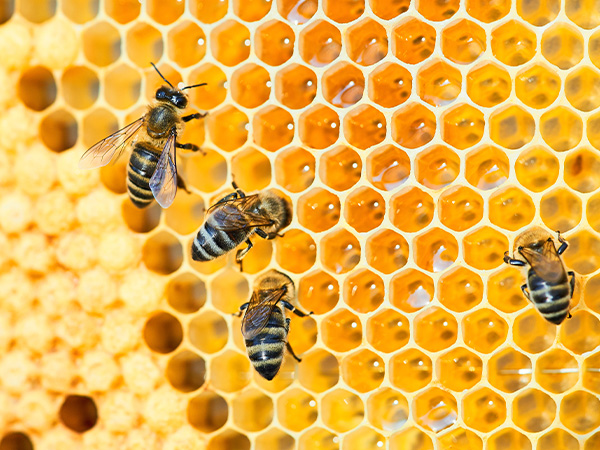
Grade:
Topic:
Unit:


In this lesson mini, students learn about the stages of a bee’s life: egg, larva, pupa, and adult bee. They explore how bees grow and change at each stage, developing relevant vocabulary to describe the stages and the different types of adult bees in hives. Students participate in creative and kinesthetic activities to reinforce these concepts.

Minutes
Minutes
Minutes

Level-up current events into dynamic learning!